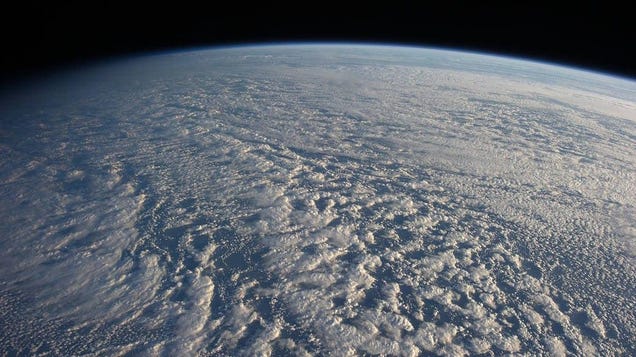
The Great North American Eclipse is happening Monday, but given the latest weather forecasts, many people across the continent will lo

The Great North American Eclipse is happening Monday, but given the latest weather forecasts, many people across the continent will lo

Whoa! Did you feel that? It was an earthquake with an epicenter in northern New Jersey, and it set off a flurry on social media Friday morning. The quake was centered about 20 miles west of North Plainfield and occurred at about 10:23 a.m. ET according to a European seismological center.
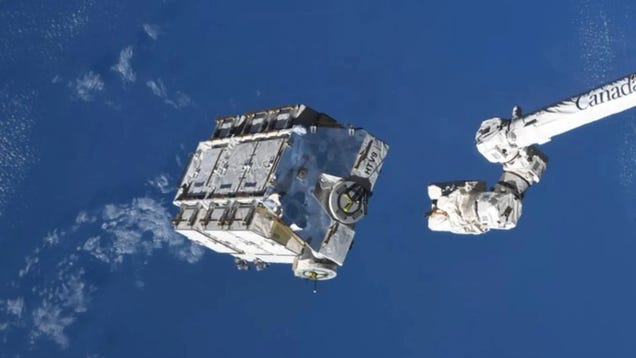
On March 8, a small, cylinder-shaped object fell from the skies and crashed through the roof of a family home in Naples, Florida. Alejandro Otero, the homeowner, suspected it came from space but he wasn’t sure what he needed to do get NASA’s attention and be taken seriously.

This story was originally published by Grist. Sign up for Grist’s weekly newsletter here.
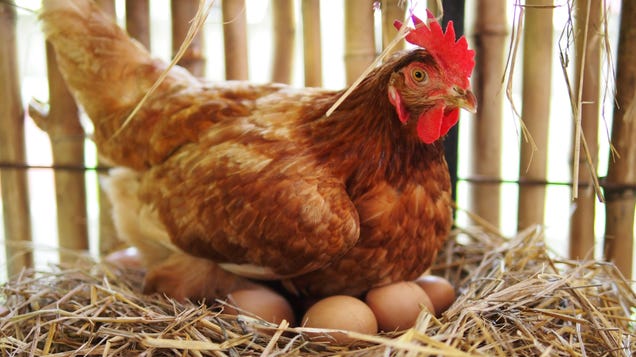
New research points to a clear origin for humanity’s love of farm-raised chicken eggs. Archaeologists say they’ve found evidence showing that humans in Central Asia began to raise the forebears of modern chickens for their eggs as early as 400 BCE. The reliable supply of eggs also helped the bird become a widely…
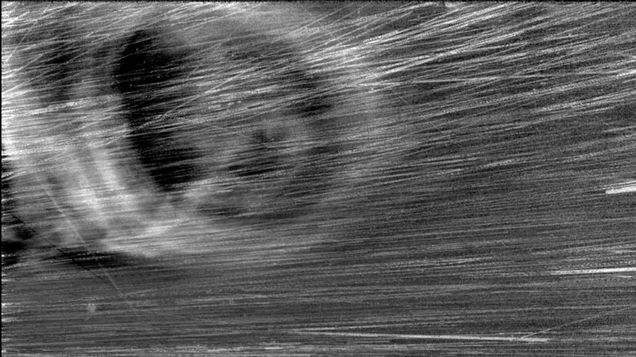
For the past six years, the Parker Solar Probe has been traveling through the inner solar system to become the first spacecraft to “touch” the Sun. With each close approach to the star, the probe gathers more clues as to what triggers the Sun’s mysterious outbursts.

In less than a week, the Moon will come between us and the Sun, creating a remarkable view of our host star. The total solar eclipse will cross North America, passing over Mexico, the U.S., and Canada, with millions of people along the path of totality. But if you happen to not be one of them, or if clouds obscure…

It’s been a nice 69 years for Disneyland’s car attraction Autopia, but it’s finally getting an upgrade worthy of its neighbors.
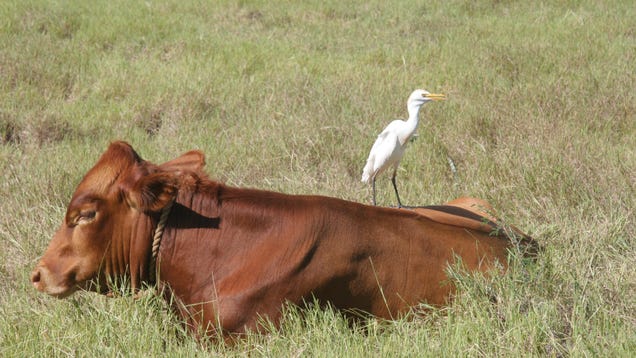
Bird flu is once again setting many of us on edge. Early this week, health officials announced a human case of highly pathogenic H5N1 avian influenza in Texas, one that may have been caught from infected cows in the area. These recent cases in livestock and now humans are a real ongoing concern, but for the time…

A hunk of rock found on the South African coast may be the oldest human artwork representing another animal, according to a team of researchers that examined the stone.